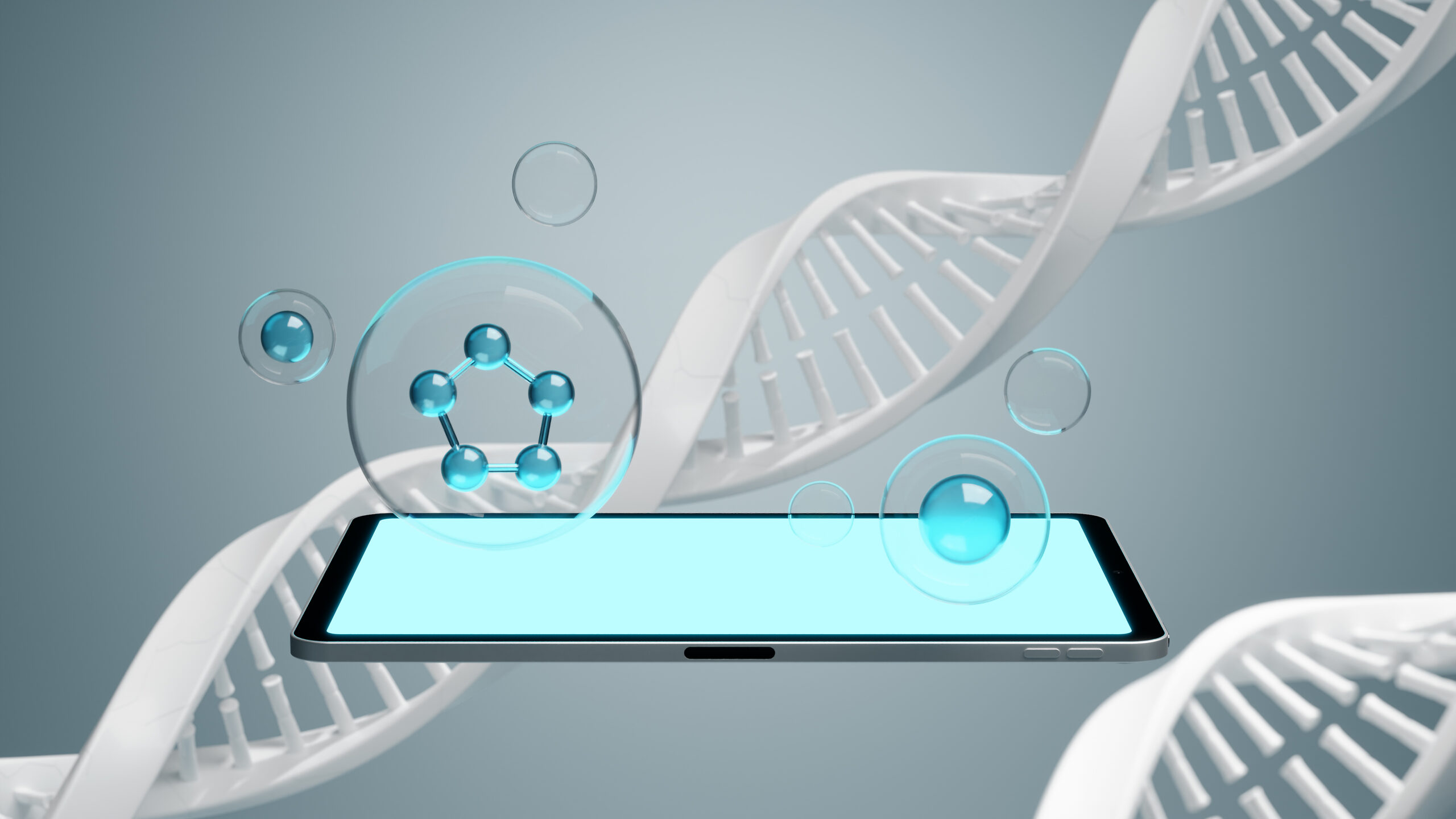
In the vast world of scientific discovery, new compounds often emerge that have the potential to revolutionize medicine, biotechnology, and our understanding of human health. Among these groundbreaking discoveries is Siozinis, a compound that has captivated researchers and biochemists alike due to its unique molecular structure and remarkable biological interactions.
Unlike conventional molecules, Siozinis is designed — or discovered — to work seamlessly with the body’s complex biological systems. Its distinct molecular arrangement gives it a versatility that allows it to interact effectively with multiple biological pathways, opening possibilities for innovative treatments and health applications.
Let’s explore what makes Siozinis so fascinating — its structure, its biological role, its potential uses, and the future it could shape in the field of science and medicine.
What Is Siozinis?
At its simplest, Siozinis is a molecular compound with an extraordinary ability to communicate with biological systems. What makes it special is not just its composition, but how its structure determines its behavior at the molecular level.
Every molecule in nature interacts with the human body differently — some bond with proteins, others trigger receptors, and some act as messengers. What sets Siozinis apart is its adaptive structure that allows it to bind and function across various biological environments without losing stability or efficiency.
Researchers believe this adaptability stems from Siozinis’s flexible molecular bonds, which enable it to maintain structure under a range of physiological conditions — such as temperature, pH, and cellular density.
This means Siozinis can integrate smoothly within different tissues or organ systems, creating a bridge between molecular science and real biological outcomes.
The Unique Molecular Structure of Siozinis
To understand why Siozinis is so important, we need to look at its structure. While many biological molecules follow a predictable pattern — like proteins with their amino acid chains or lipids with their hydrophobic tails — Siozinis breaks the mold.
Its three-dimensional molecular configuration allows it to form multiple interaction points, meaning it can connect with more than one biological molecule at once. This multi-site bonding capability is what enables it to influence several pathways simultaneously, making it potentially valuable in treatments targeting complex diseases or multi-system imbalances.
For example, preliminary models suggest that Siozinis could act both as a carrier (transporting smaller molecules through membranes) and as a stabilizer (protecting sensitive biological compounds from degradation).
This dual functionality makes Siozinis a potential game-changer in fields such as drug delivery, biochemical regulation, and molecular therapy.
How Siozinis Interacts with the Body
One of the most intriguing aspects of Siozinis is its biological compatibility. Many promising compounds fail to achieve clinical success because they are either too reactive, toxic, or unable to penetrate biological barriers. Siozinis, however, seems to overcome these hurdles through its unique molecular dynamics.
When introduced into the body — either synthetically or through biological synthesis — Siozinis appears to interact with cell membranes, enzymes, and signaling molecules without disrupting normal biological function. Instead, it seems to enhance or regulate cellular activity, depending on its concentration and environment.
Some theoretical models propose that Siozinis acts as a molecular mediator, facilitating communication between cells by influencing receptor behavior or protein folding. This opens the possibility of using it in therapies designed to improve cell-to-cell signaling, regenerate tissues, or balance biochemical processes.
Potential Applications of Siozinis
The possibilities of Siozinis extend across multiple fields — from medicine to nanotechnology. Below are some of the most promising areas where Siozinis could make an impact:
1. Medical and Pharmaceutical Innovation
Siozinis could play a vital role in developing next-generation drugs. Because it can interact with different biological systems, it may serve as an effective drug delivery agent, ensuring that medicines reach specific cells or tissues without degrading along the way.
Additionally, its biocompatibility could make it useful as a therapeutic molecule on its own — possibly regulating immune responses, supporting neurochemical balance, or aiding in the repair of damaged tissues.
2. Biotechnology and Bioengineering
In biotechnology, Siozinis could be harnessed to create smarter biosensors and bio-interactive materials. For example, a biosensor coated with Siozinis might detect specific biological markers faster and more accurately due to its strong molecular binding properties.
It could also be integrated into synthetic tissues or bio-compatible implants, allowing medical devices to interact more naturally with the human body.
3. Environmental and Agricultural Science
Siozinis may have applications beyond medicine. Its adaptable structure could help create environmentally safe compounds that interact effectively with organic matter. For instance, in agriculture, Siozinis-based formulations might enhance nutrient absorption in plants or improve soil microbiome health.
In environmental science, it could serve as a biodegradable agent for cleaning pollutants, since its structure could be designed to break down complex organic molecules safely.
4. Nanoscience and Material Engineering
The molecular flexibility of Siozinis also makes it an ideal candidate for nanotechnology. It could act as a molecular scaffold, supporting the construction of nanoscale materials that mimic biological systems. Such innovation could lead to breakthroughs in creating nanorobots, bio-compatible coatings, or responsive materials that adapt to environmental changes.
Safety and Risks
As with any new scientific development, understanding the risks and safety profile of Siozinis is crucial. Because it interacts directly with biological systems, extensive testing is necessary to ensure that it does not trigger unintended side effects or disrupt cellular processes.
Researchers are currently exploring how Siozinis behaves under different biological conditions — whether it accumulates in tissues, how it is metabolized, and what long-term exposure might mean.
While early data (from preliminary models and controlled simulations) suggest high stability and low toxicity, real-world applications must be approached carefully, following rigorous ethical and safety standards.
The Future of Siozinis in Modern Science
The future of Siozinis lies in multidisciplinary innovation. Its potential stretches across pharmaceutical chemistry, nanoscience, medicine, and environmental biology, making it one of the most versatile molecules being studied today.
If ongoing research confirms its safety and efficacy, Siozinis could become a foundational component in next-generation technologies — from personalized medicine to bioadaptive materials.
Imagine a world where medications precisely target diseased cells, where implants communicate directly with the body, and where environmental cleanup is powered by molecular-level intelligence. Siozinis represents a step toward that reality.
Furthermore, as AI and computational chemistry continue to evolve, the modeling and simulation of Siozinis’s molecular behavior will accelerate discovery — helping scientists design new derivatives with specific functions tailored for medical or industrial use.
Final Thoughts
Siozinis stands at the intersection of biology, chemistry, and technology — a molecule that could redefine how we understand and interact with living systems. Its unique molecular structure gives it the rare ability to integrate smoothly with the body’s biological systems, offering potential breakthroughs in health, environment, and material science.
While much remains to be explored, Siozinis embodies the spirit of scientific progress: curiosity, innovation, and the pursuit of harmony between technology and life.
If developed responsibly, this remarkable molecule may soon shift from the laboratory bench to real-world applications — transforming not only how we treat diseases but how we build a healthier, more sustainable future.







